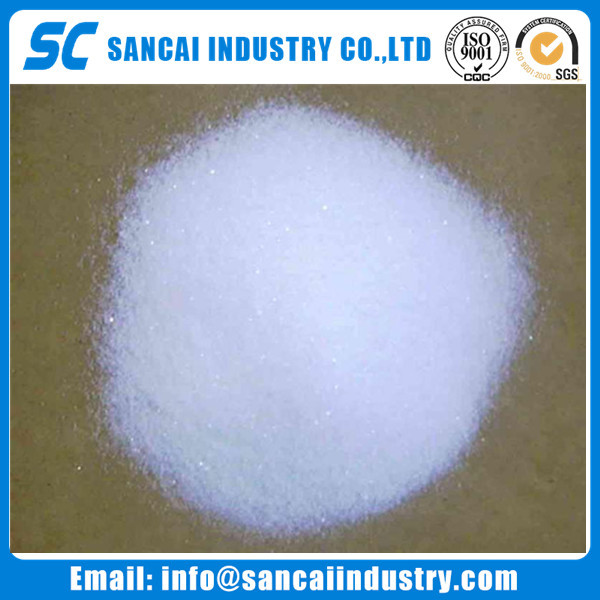- PH Log scale. Useful when dealing with very small or very large number (big ranges of numbers) every 'pH' unit is 10x larger or smaller H+ pH = -logH+ pH= 7 H+ =10-7 pH= 2 H+ =10-2 pH= 13 H+ =10-13.
- Attention: Pannala Raghu Ram, Ph.D. Associate Vice President -QA & RA. Deai Sir or Madam: This is in reference to your Abbreviated New Thug Application (ANDA) submitted pursuant to section 505G) ofthe Federal Food, Dmg, and Cosmetic Act (FD&C Act) for Bupropion Hydrochloride Extended-Release Tablets USP, 150 mg.
There was no obvious yellow precipitate so continued adding sodium bicarbonate until pH of nearly 1.5. The only change was a cloudy like matter. This was left for a week without any daily investigation.
I obtained an alkaline fused melt of rock suspected to involve palladium so, I dissolved the melt in hydrochloric acid, took 1 L of the resulted solution, diluted it with water and adjusted the pH with sodium bicarbonate, then added prepared DMG solution. There was no obvious yellow precipitate so continued adding sodium bicarbonate until pH of nearly 1.5. The only change was a cloudy like matter. This was left for a week without any daily investigation. After this time, about 2 cm height of white precipitate at the bottom of 1000 ml beaker was observed which on heating, first turned yellow, then brick-brown shiny powder.
Is this the Pd-DMG precipitate, which turned white due to impurities? Or other thing?
 Thanks in advance
Thanks in advanceDmg Hcl Optimal Daily Intake
| Names | |
|---|---|
| IUPAC name | |
Other names
| |
| Identifiers | |
| |
| ChEMBL | |
| ChemSpider |
|
| ECHA InfoCard | 100.002.201 |
| EC Number | |
PubChemCID | |
| RTECS number |
|
| UNII | |
| |
| |
| Properties | |
| C4H8N2O2 | |
| Molar mass | 116.120 g·mol−1 |
| Appearance | White/Off White Powder |
| Density | 1.37 g/cm3 |
| Melting point | 240 to 241 °C (464 to 466 °F; 513 to 514 K) |
| Boiling point | decomposes |
| low | |
| Structure | |
| 0 | |
| Hazards | |
| Main hazards | Toxic, Skin/Eye Irritant |
| Safety data sheet | External MSDS |
| GHS pictograms | |
| GHS Signal word | Danger |
| H228, H301 | |
| P210, P240, P241, P264, P270, P280, P301+310, P321, P330, P370+378, P405, P501 | |
| NFPA 704 (fire diamond) | |
| Related compounds | |
| Hydroxylamine salicylaldoxime | |
Except where otherwise noted, data are given for materials in their standard state (at 25 °C [77 °F], 100 kPa). | |
| verify (what is ?) | |
| Infobox references | |
Dimethylglyoxime is a chemical compound described by the formula CH3C(NOH)C(NOH)CH3. Its abbreviation is dmgH2 for neutral form, and dmgH for anionic form, where H stands for hydrogen. This colourless solid is the dioxime derivative of the diketone butane-2,3-dione (also known as diacetyl). DmgH2 is used in the analysis of palladium or nickel. Its coordination complexes are of theoretical interest as models for enzymes and as catalysts. Many related ligands can be prepared from other diketones, e.g. benzil.
Preparation[edit]
Dimethylglyoxime can be prepared from butanone first by reaction with ethyl nitrite to give biacetyl monoxime. The second oxime is installed using sodium hydroxylamine monosulfonate:[1]
Dmg Hcl Rda

Complexes[edit]
Dimethylglyoxime is used to detect and quantify nickel, which forms the bright red complex nickel bis(dimethylglyoximate) (Ni(dmgH)2). The reaction was discovered by L. A. Chugaev in 1905.[2]
Cobalt complexes have also received much attention. In chloro(pyridine)cobaloxime[3] the macrocycle [dmgH]22− mimics the macrocyclic ligand found in vitamin B12.
References[edit]
- ^Semon, W. L.; Damerell, V. R. (1930). 'Dimethylglyoxime'. Organic Syntheses. 10: 22. doi:10.15227/orgsyn.010.0022.CS1 maint: multiple names: authors list (link)
- ^Lev Tschugaeff (1905). 'Über ein neues, empfindliches Reagens auf Nickel'. Berichte der Deutschen Chemischen Gesellschaft. 38 (3): 2520–2522. doi:10.1002/cber.19050380317.
- ^Girolami, G.. S.; Rauchfuss, T.B.; Angelici, R. J. (1999). Synthesis and Technique in Inorganic Chemistry: A Laboratory Manual (3rd ed.). pp. 213–215.